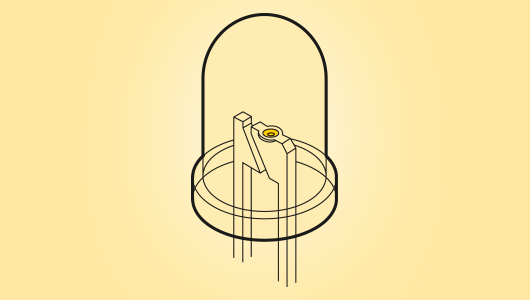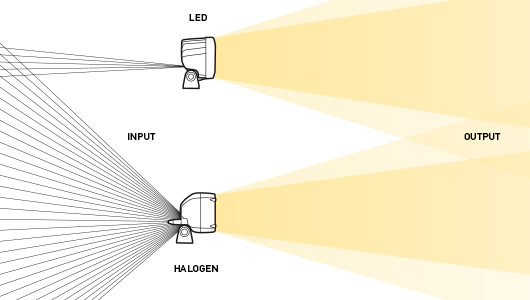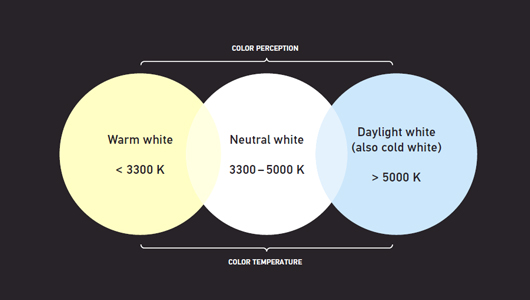On the roads, you will frequently encounter trucks and tractors with trailers, on which the dim or tail light is usually no longer working on one side. This can cause dangerous situations, especially if other road users only see the truck when it is too late due to the bad lighting. Just like on passenger cars, the reason for the failure is usually caused by a faulty bulb that needs to be replaced. Corresponding bulbs, such as the high quality bulbs from HELLA are available from independent spare part suppliers.
But can such failures also happen with LEDs? The good news is: usually not. LEDs generally have a very long service life, which is often even longer than the life of the car. This is one of the most significant advantages of LEDs compared to conventional light sources such as halogen lamps. While these bulbs can fail over the course of a vehicle"s lifetime and must then be repurchased and replaced as described above, LEDs are by and large maintenance-free. Together with the low energy consumption and the high energy efficiency, this results in considerable cost advantages for the LEDs over the medium term due to their long service life. This particularly applies to larger fleets where the cost savings soon add up.
But how long do LEDs really last? Unfortunately there is no simple answer to this question because a very large number of influence factors play a role, for example the quality of the utilized LEDs, the frequency with which they are switched on and off, the thermal management system used and many other factors. As a guideline, it can be said that an LED can certainly attain a service life of 30,000 hours and more - whereas conventional 24 V halogen bulbs usually fail after just 2,000 - 4,000 hours.
Naturally, even the best LEDs cannot avoid the effects of adverse environmental influences. As a result, even LEDs in headlamps can fail in extremely unfavorable circumstances. These cannot be replaced individually at present. Unfortunately, such scenarios require the complete headlamp to be replaced. But at least with HELLA headlamps this happens extremely rarely.










